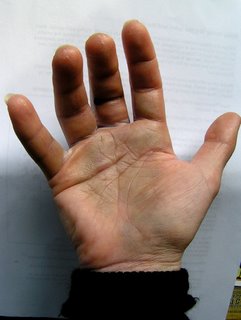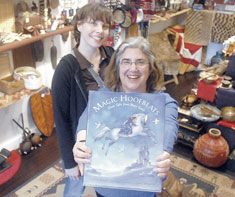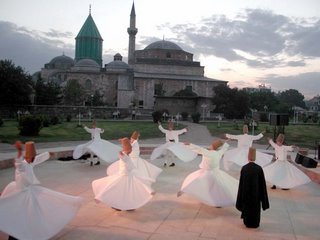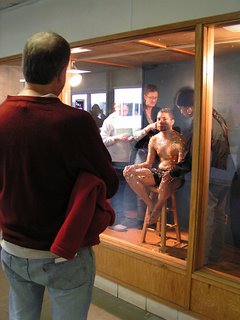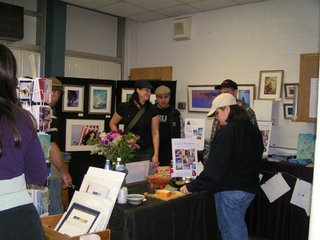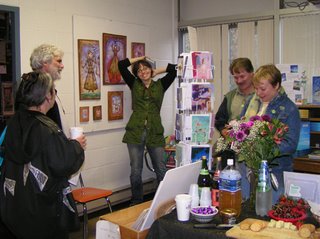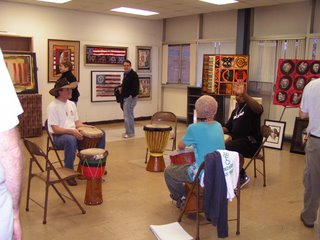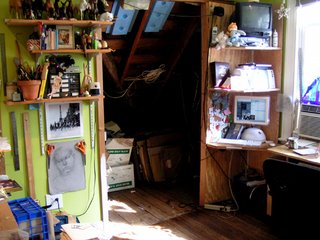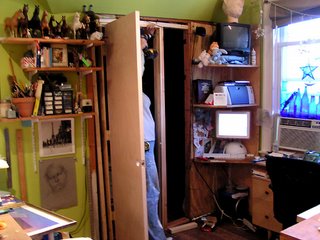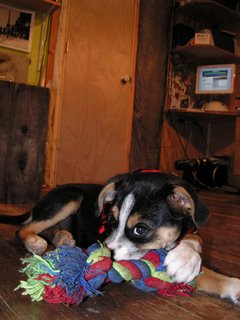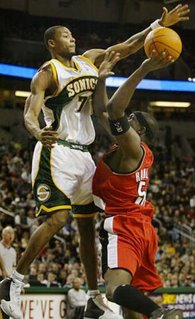
player: Rashard Lewis, a top point scorer
team: Seattle SuperSonics, the struggling underdogs
injury: December 20, torn right hand
surgery: December 22
prognosis: out of play for months
Rashard Lewis wore a gauze wrap under black Velcro straps. Those are keeping him from moving his surgically repaired hand. That's not all Lewis wants immobilized. Even though he is likely to miss the next two months, the SuperSonics' second-leading scorer wants his team to keep him from moving elsewhere in free agency after this season. "I'm pretty confident I will be a Sonic for a while. I want to be a Sonic," Lewis said. Lewis talked before his team hosted New Orleans on Tuesday night, his first public words since surgery last Friday stitched tendons back together in his right hand. "Obviously, this is a setback for me," Lewis said. Then he smiled."Maybe it will make me a better player – I'll just work on my left hand and hopefully I can come back a better player."
Sportsline
player: Polly Sonic, a top point scorer
team: Iron Angels, the struggling underdogs
injury: November 20, broken right hand
surgery: November 22
prognosis: out of play for months
Titillation aside, there are real injuries. When her alter ego Polly Sonic broke bones in her right hand in preparation for the bout, Wingerter, a children's illustrator, had a hard time explaining it to her agent. The pins come out this week, and it will take another month or two to heal, but the roller girl just regretted sitting out the first event.
Wingerter, 34, is a former figure skater who felt she never fit in until she found the derby.
"The second I got out there, it was scary, but I've never been so in the moment skating," Wingerter said. "I was like, this was it."
The Journal News












